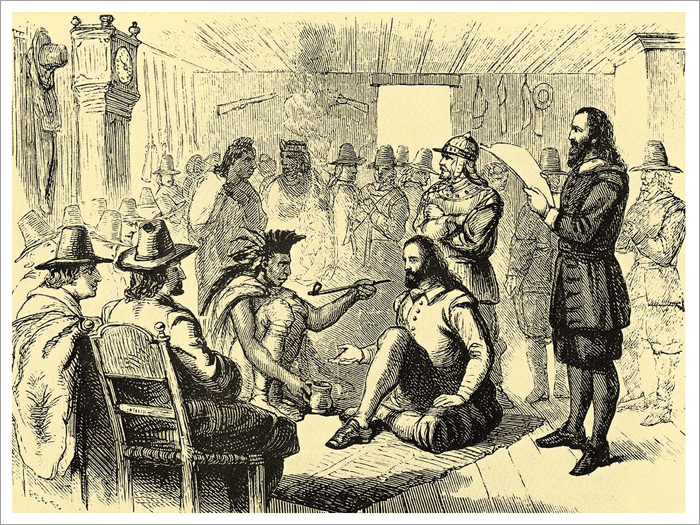History of Tobacco
 Tobacco had already long been used in the Americas by the time European settlers arrived and introduced the practice to Europe, where it became popular. At high doses, tobacco can become hallucinogenic. Accordingly, Native Americans did not always use the drug recreationally. Instead, they often consumed it as an entheogen, in some tribes. This was done only by experienced shamans or medicine men. Eastern North American tribes would carry large amounts of tobacco in pouches as a readily-accepted trade item and would often smoke it in pipes, either in defined ceremonies considered sacred, or to seal a bargain, and they would smoke it on such occasions at all stages of life, even in childhood. It was believed that tobacco was a gift from the Creator and that the exhaled tobacco smoke was capable of carrying one's thoughts and prayers to heaven.
Tobacco had already long been used in the Americas by the time European settlers arrived and introduced the practice to Europe, where it became popular. At high doses, tobacco can become hallucinogenic. Accordingly, Native Americans did not always use the drug recreationally. Instead, they often consumed it as an entheogen, in some tribes. This was done only by experienced shamans or medicine men. Eastern North American tribes would carry large amounts of tobacco in pouches as a readily-accepted trade item and would often smoke it in pipes, either in defined ceremonies considered sacred, or to seal a bargain, and they would smoke it on such occasions at all stages of life, even in childhood. It was believed that tobacco was a gift from the Creator and that the exhaled tobacco smoke was capable of carrying one's thoughts and prayers to heaven.
Apart from smoking, tobacco had a number of uses as medicine. As a pain killer it was used for earache and toothache and occasionally as a poultice. Smoking was said by the desert Indians to be a cure for colds, especially if the tobacco was mixed with the leaves of the small desert sage, Salvia dorrii, or the root of Indian balsam or cough root, Leptotaeniamultifida, the addition of which was thought to be particularly good for asthma and tuberculosis. Uncured tobacco was often eaten, used in enemas, or drunk as extracted juice.
Early missionaries often reported on the ecstatic state caused by tobacco. As its use spread into Western cultures, it was no longer used primarily for entheogenic or religious purposes, although religious use of tobacco is still common among many indigenous peoples, particularly in the Americas. Among the Cree and Ojibway of Canada and the north-central United States, it is offered to the Creator, with prayers, and is used in sweat lodges, pipe ceremonies, smudging, and is presented as a gift. A gift of tobacco is a tradition when asking an Ojibway elder a question of a spiritual nature. Because of its sacred nature, tobacco abuse (thoughtlessly and addictively chain smoking) is seriously frowned upon by the Algonquian tribes of Canada, as it is believed that if one so abuses the plant, it will abuse that person in return, causing sickness. The proper and traditional native way of offering the smoke is said to involve directing it toward the four cardinal points (north, south, east, and west), rather than holding it deeply within the lungs for prolonged periods.